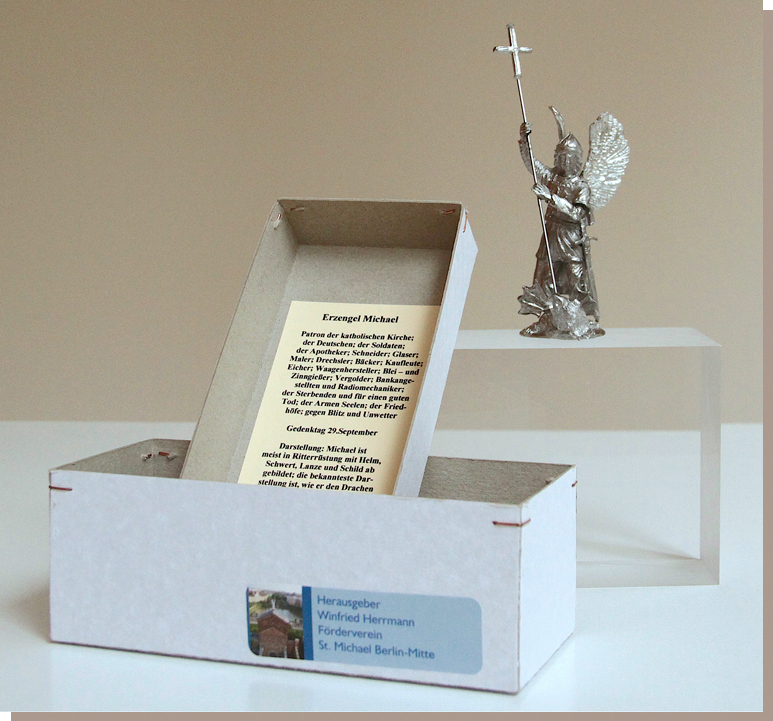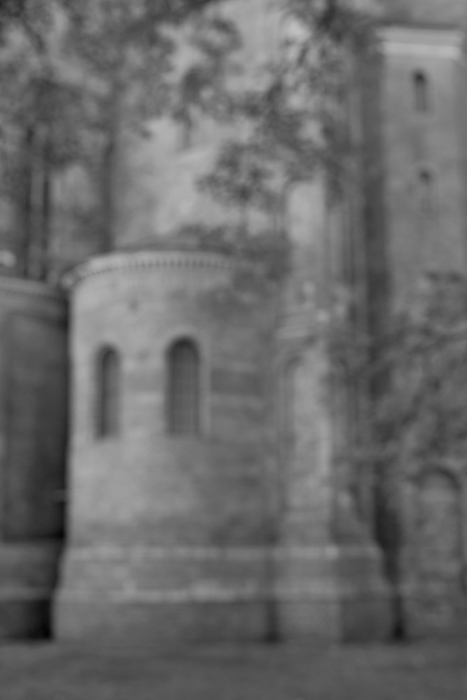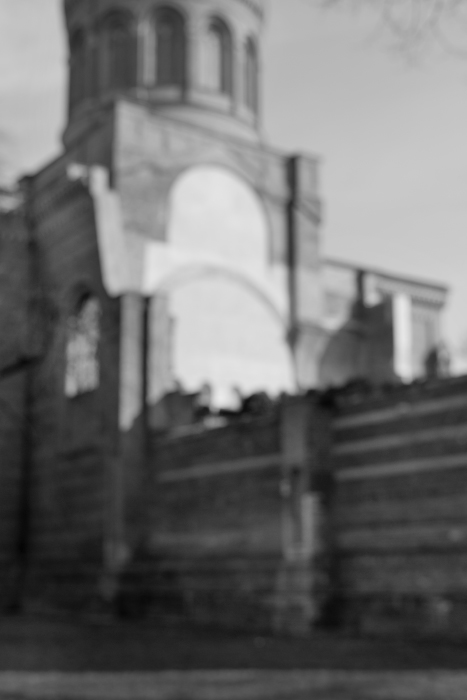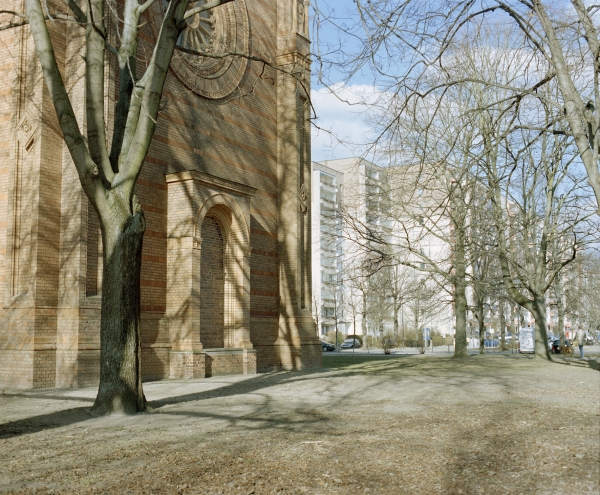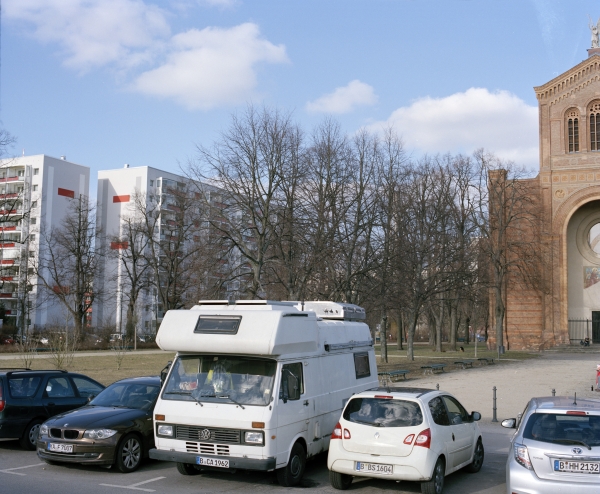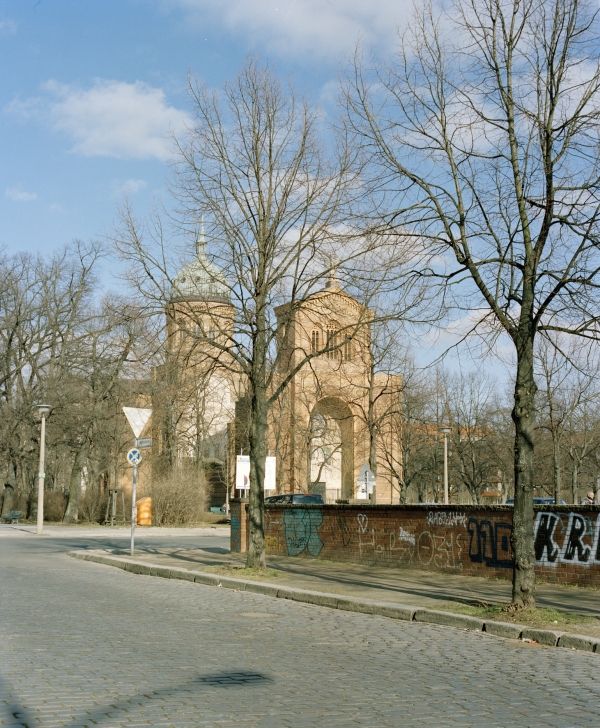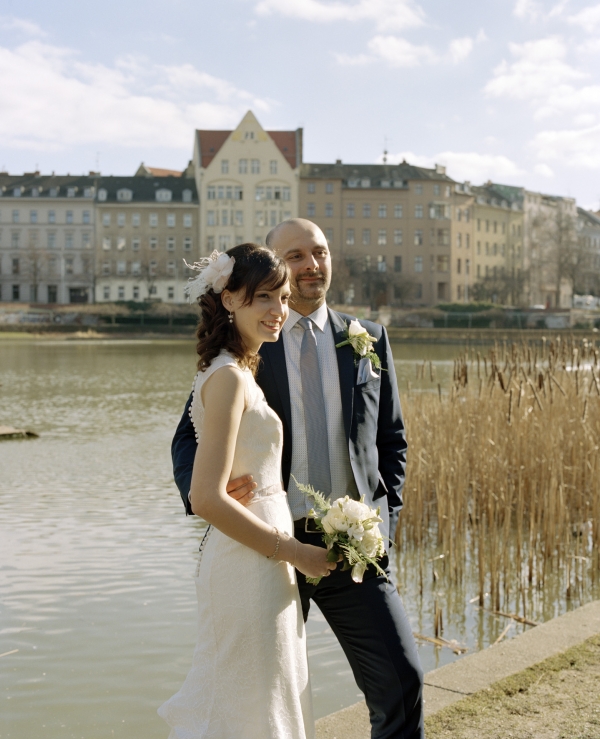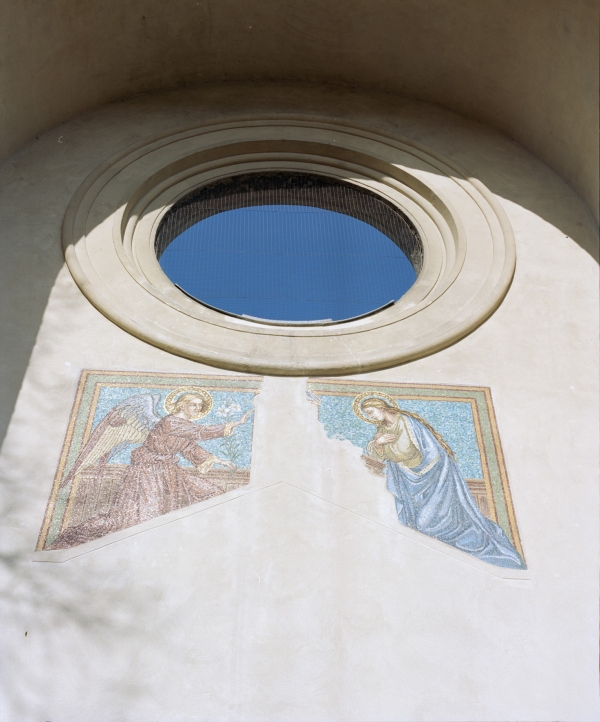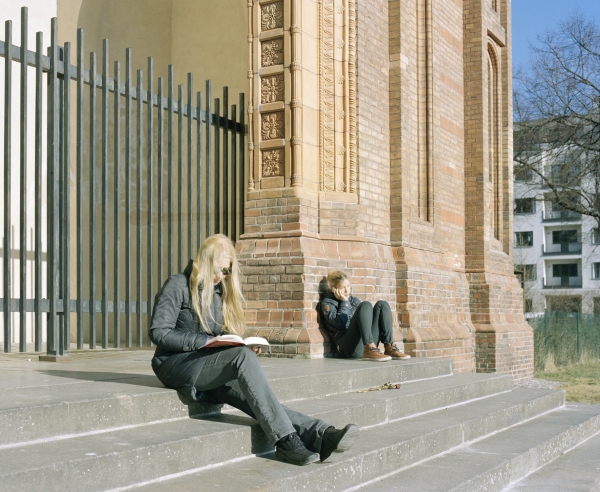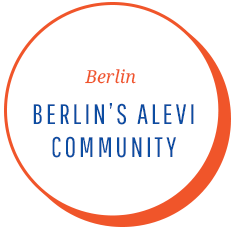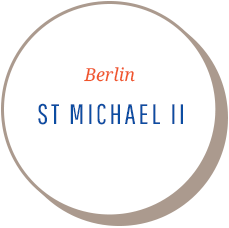GARDEN DREAMS AND A BUDDHA STATUE
“It is the year 1926. The artificial waterway [of the Luisenstadt canal and Engelbecken] has performed its duty as a route of transportation for the construction of Luisenstadt. In its final year of operation, the authorities registered five barges on the canal in August, and in the following months just three. Engelbecken is now only used by the cucumber sellers from the Spreewald, whose boats function as floating market stalls.
[...] The filling-in of the canal, which had become sluggish and foul-flowing, with its eight cumbersome bascule bridges between the Spree and the Landwehr Canal [...] is inevitable. So [horticultural director for Berlin, Erwin] Barth was looking for a compromise and mused over a green space in the area where the canal had been. He dreamed of exotic animals, tropical gardens and a pond surrounded by palm trees in front of St. Michael's Church [...] in which one should be able to see the reflection of the dome of St. Michael, like the Taj Mahal.
But [...] Barth’s vision was not to be: The Catholic Church deemed such unchristian exoticism in their immediate vicinity inappropriate. So they agreed to compromise with a children's playground, a swimming pool and an Indian garden.”
“After the fall of the wall, in 1989, when the rubble-filled Engelbecken in front of St. Michael’s Church was excavated again, [they came upon] Erwin Barth’s foundation of ‘the Indian fountain’. The Nazis had had the bronze statue of Buddha melted down in 1942. Today Barth’s Buddha sits back in his place, faithfully reconstructed.”
From Westhafen, Werner: “Das Engelbecken im Luisenstädtischen Kanal“, published in the newspaper “Kreuzberger Chronik Nr. 63” (December 2004/January 2005)
The figure exhibited here was cast with a high-grade tin alloy, buffed and firmly welded in place. Winfried Herrmann modeled it on the original, by the sculptor August Kiss (1802-1865), which towers above the entrance to the great St. Michael Church at Engelbecken. The friends of the church distribute miniature versions of the sculpture in return for donations.
The figurine is supposed to represent the archangel Michael. In the Old Testament book of Daniel (10:12), Michael is described as the foremost of princes. This is the origin of his being refered to as Archangel and angel of Yahweh, alongside Raphael and Gabriel. Like other angels, he also acts as a messenger of the gods. In addition, in biblical context, Michael is also seen as as a fighter, belonging to the heavenly hosts and dragon slayers. The Qur’an also refers to Michael and Gabriel as angels with special duties.
During the militarisation of Christianity – a process that began even before the Crusades – Michael became a victorious hero, a military conqueror at God's command. He later became a patron of the German Reich and, for some – although this historical analysis is debated – he is considered to be a model for the “German Michel”.
TIMELINE ST MICHAEL I
1999
1999 until today
As part of the newly designed gardens surrounding Engelbecken, the Buddha sculpture was reconstructed in 1999. In 2001, an association was founded to support the conservation of St. Michael’s, which is still a ruin today. Engelbecken now functions as a lake – and is within walking distance of the church.
1961
1961 – 1989
In August 1961, the Berlin Wall was built. It split St. Michael’s parish into eastern and western parts. After the fall of the Wall in 1989, the community remained divided; its two parts were each merged with neighbouring parishes. Engelbecken, which had been filled with rubble following the Second World War, was excavated.
1930
1930s and 1940s
The National Socialists destroyed synagogues in the Engelbecken area in Prinzenstraße, Dresdener Strasse and Kopenickerstrasse. Following the bombings in 1944-45, St. Michael’s lay in partial ruin, with most of the surrounding area completely devastated.
1926
1926
The Berlin Senate had the Luisenstadt canal filled in because of the increasingly unpleasant smell and danger of epidemics. Engelbecken remained. The landscape architect, Erwin Barth, planned the creation of an “Indian Garden” in the area where the canal had been. It was to feature green spaces and a pond. The idea, modelled on the Taj Mahal, was that the dome of St. Michael would be reflected in the water. A bronze Buddha sculpture was also erected.
1900
First half of the 19th century
Catholic workers and soldiers moved to the Protestant-dominated area of Brandenburg-Prussia [now Berlin]. Many of them came from Poland and Silesia. They were involved in the construction of the Luisenstadt canal, commissioned by King Friedrich Wilhelm IV. Construction began during the Revolution of 1848. A civic militia supervised the workers – this was the only way to ensure completion of the project. In 1816, there were already 2076 Catholics serving in the military. By 1858, this number had more than doubled: it was time to build a Catholic garrison church. Protestant garrison churches had already been in existence since the early 18th century.
1851
1851 – 1861
In 1851 the foundation was laid for a Catholic garrison church called St. Michael. The episcopal inauguration was held in 1861. Late-Romantic urban planning, the design movement of the time, called for a body of water in front of the church. This was to be the Luisenstadt canal. St Michael’s was referred to as “by far the most beautiful church in Berlin” by Theodor Fontane.

